DS Mahajani *
 The 122nd Constructional Amendment Bill seeks to introduce the Goods and Service Tax (GST Bill) was tabled in the Lok Sabha on 19th December 2014. Touting it as the “single biggest tax reform” since independence, Finance Minister Arun Jaitley (FM) while introducing the Bill had said that the GST law will subsume all indirect levies from April, 2016 and would ensure seamless flow of goods and service across the country.
The 122nd Constructional Amendment Bill seeks to introduce the Goods and Service Tax (GST Bill) was tabled in the Lok Sabha on 19th December 2014. Touting it as the “single biggest tax reform” since independence, Finance Minister Arun Jaitley (FM) while introducing the Bill had said that the GST law will subsume all indirect levies from April, 2016 and would ensure seamless flow of goods and service across the country.
As we all know, the GST aims to simplify the indirect tax regime with a single tax on manufacture, sale and consumption of goods and service at a national level. A study by the National Council of Applied Economic Research (NCAER) had estimated that roll out of GST would boost the India’s GDP growth by 1% to 2%. CRISIL had also reported that GST is best way to mobilise revenue and reduce the fiscal deficit. GST has been commonly accepted by world and more than 140 countries in the World. Looking to the magnitude, GST is going to impact all sections of the Society – from a small time businessman to a huge conglomerate and from a tiny State to a developed State in this Country. The implementation of GST is not only going to give boost to the growth engine pursued by the Government but it is also as important as it is going to switch over from the existing Indirect taxation system in the Country.
Considering the importance of the topic, an attempt is made in this article to outline few challenges for success (or otherwise) of GST in the Country.
(1) Constitutional Amendment Bill to be passed in both the Houses of Parliament.
As we know the Central Government (CG) has full majority in the Lok Sabha and therefore GST bill would be passed in the Lower House of the Parliament without any hiccups. However, a lot depends how the CG will ensure safe passage of the Bill in the Rajya Sabha, where it does not have sufficient majority. Surely, it is not going to be cake-walk for the CG to pass the Bill in the Upper House of the Parliament.
(2) Constitutional Amendment Bill to be passed by majority States.
To get the GST Bill passed by the respective State Governments in State Assemblies is another herculean task. The CG with Empowered Committee of State Finance Ministers (EC) would have to have same zeal in passing of the Bill in majority states of the Country.
(3) Draft GST Bill.
It is not known to the public at large up to what extent the EC has discussed the Draft GST Bill. However, considering the lasting economic impact of GST in the Country, the CG & EC would require to put the GST bill in public domain and give sufficient time to all stakeholders to comprehend and give their views on the Bill. Once the draft GST Bill is out, there are going to be following enormous tasks for CG & EC-
(a) To compile all stakeholders views so as to make a concrete, error-free and uniform GST Legislation.
(b) To get the uniform GST Legislation passed by each This is going to be more difficult task as compared to the point # 2 mentioned above for the State who voted against the Constitutional Amendment Bill for GST.
(c) Once Draft GST Legislation is passed, Step (a) and (b) would again be followed for the Uniform GST Rules applicable across the Country.
It may so happen that the Draft GST Bill and Rules may be made public simultaneously.
(4) GST Council
The Constitutional Bill has also proposed to insert new Article 279A on formation of GST Council consisting representation of Centre and States. The GST Council shall consist of Union Finance Minister as a Chairperson, Union Minister of State in charge of Finance as a member, the State Finance Minister or State Revenue Minister as a member of the Council and the State FM shall select one of them as Vice Chairperson of Council. The Council shall make recommendation to the Union and States on following matters:
1) Which taxes, surcharge, Cesses levied by Union, States and Local bodies shall be subsumed in GST;
2) Goods and Service which shall be exempt under GST regime;
3) Threshold Limits under GST;
4) Floor rate with band of goods and services;
5) Disputes resolution. The GST Council may decide upon the modalities for the resolution of disputes arising out of its recommendations.
(5) Revenue Neutral Rate (RNR)
The large part of success of GST in the Country would depend on two prominent factors – one RNR and another threshold limit for GST (discussed later).
In the GST regime, the government revenue would not remain the same as compared to the current tax system. Hence, through RNR the government will try to adjust tax in such a way that its revenue remains the same despite of giving tax credits on input and input service. Hence, RNR is the rate at which there will be no revenue loss to the government after implementation of GST. Needless to mention RNR (or aggregate GST rate) is going to impact the India Inc. adversely, if it is unduly higher than the present tax structure. As we know the current average Cenvat rate is 12%, Service-tax rate is 12% and average VAT rate is between 12.5% to 13% across the States. Hence, even in current tax structure, Indirect tax Component is anywhere between 25% to 28% – which itself is high compared to other Countries.
EC has been engaged with CG on finalizing RNR for quite some time and based on the study conducted by National Institute of Public Finance and Policy (NIPFP) it has finalized RNR at 27%. The RNR (of 27%) is based on the figures of year 2010 and now EC has asked NIPFP to workout new RNR based on the data of the year 2014-15. Please note, the final RNR would also to be passed by the EC with 3/4 majority.
For information of readers, the comparison of VAT Rate / RNR of peer Countries with that of India is as under:
| Japan | 5% |
| South Africa | 14% |
| Germany | 16% |
| China | 17% |
| U.K. | 17.5% |
| Russia | 18% |
| → India | 27% (Proposed) |
Undoubtedly, higher RNR / GST rate would hamper the prospect of successful implementation of GST in India.
(6) Threshold limit of turnover for dealers under GST
Current threshold limit under Central Excise duties is Rs.150 Lacs and that under Service-tax is Rs.10 Lacs. Whereas the threshold limit under State VAT is between Rs.10 Lacs to Rs.20 Lacs.
Threshold limit of turnover for dealers under GST is the major bone of contention between the CG and EC. On one hand EC is in favour of lowering the threshold limit, while the Centre at the other end is of the view that the threshold for levying Central GST (CGST) and State GST (SGST) be kept at Rs.25 lakh. It appears that as of now there is no unanimity has been prevailed amongst EC and CG on threshold limit of turnover for dealers under GST. While achieving broad based tax structure under GST, both EC and CG must ensure that lowering of threshold limit should not be a “taxing” burden on small businessmen in the Country.
(7) Robust IT Network
The success of GST would greatly depend on the robust IT backbone connecting all State Governments, Trade and Industry, Banks and other stakeholders on real time basis. Toward this end, the government has already incorporated an SPV viz. – Goods and Services Tax Network (GSTN) and is functional since last two years. On the effective network front, GSTN has to develop GST portal – front end system for Trade and Industry and back end system for all Government agencies. GSTN to ensure technology support for registration, return filling, tax payment, IGST settlement, MIS and other Dashboards on GST portal to all the Stakeholders. As of now, GSTN has completed following tasks –
- Mapping of Dealers data with PAN
- Pilot run for registration return and payments
- Back-end process used by 12 States
- Integration with five banks and with 25 more banks in process.
GSTN has yet to come out with business model compatible to Trade and Industry practices. It also has to test the above models with live transactions with Industry as a whole. Any technical glitch after implementation of GST would not only a costly affair – both for Industry as well as for the governments but would virtually bring the entire business to a grinding halt. When we talk about timely tested and customer friend consumer portal, one should benchmark the performance with IRCTC portal, where passengers never experience any error, once ticket is booked thru their portal. We hope to get better system than that of the IRCTC portal from GSTN.
(8) Place of provision Rules.
One of the key challenges for GST is on taxation of inter-State supplies of goods and service. As we know, taxable events of manufacture and sale of goods under the present Indirect taxation would be done away with, and therefore it would be essential to prepare comprehensive rules for identifying the time and the place of ‘supplies’ of goods and service in order to tax them appropriately. Currently, there is Central Sales Tax, for inter-State sales of goods and no service tax at the State level; in this context, extensive rules will have to be evolved for taxation of inter-State supplies of service in undisputed manner under the GST regime. In nutshell, success of the GST would hinge on simple and clear rules in determining the place of supply of service.
(9) Extensive training to Tax Administration Staff.
GST is absolutely different from the existing age-old indirect taxation system being followed in the Country. For effective implementation of GST, tax administration staff – both at Central and State level would require to be trained properly in terms of concept, legislation and procedure. The tax administration staff would also require to change their mindset, approach and attitude towards the tax payers. And for this, would have to ‘learn, unlearn, and relearn’ the GST not only in letter but in spirit too.
(10) Additional 1% additional levy on GST.
As per Constructional Amendment Bill placed in the Lok Sabha, States will be allowed to levy an additional 1% non-vatable tax on inter-state supply of goods for the initial two years or such other period as the GST council may recommend. The purpose of additional levy is to compensate the States for loss of revenue while moving to GST. There are two recent developments on this front – first the EC is contemplating to increase the time period (of two years) for additional 1% additional levy, if two third of the members agrees so and second industrially advanced states (like Gujarat and Maharashtra) have demanded 2% additional levy instead of 1%.
Undoubtedly, additional levy is against the basic tenet of GST. We know the fundamental purpose of GST is to make ‘India’ as one State, where Inter-state movement of goods is very common and in that situation, additional levy would defeat the very purpose of GST in the Country. The additional levy would be detrimental to the interest of trade, industry and ultimate consumer in the Country, as it would bring cascading and distortionary effect in the value chain in the business cycle. The impact of additional levy on value of goods/service on each Inter-state movement of goods/ service is going to be humongous in the Indian Economy.
It can be seen few points mentioned above are inter-linked with each other. Since all these points are significant in their own way, it must be addressed in totality in next 9-10 months and then only the ambitious date for implementation of GST from 1st April 2016 would be achieved. Mind you, clock is ticking…
Before parting, points to ponder:
(a) Broadly, how the dual rate of proposed GST is different from timely tested, relatively well settled and industry friendly current Indirect Tax Systems – i.e. Central Excise / Service-tax (at the Central level) and VAT (at the State level)?
(b) What would be the economic scenario in the Country, if Central Sales Tax (CST), which is an expense, is allowed as credit to the Industry (like IGST under the proposed GST regime) with proper IT network across the Country?
(c) What would be the benefits of ‘real GST’, if Stamp Duties, Liquor, Tobacco, Electricity and Petroleum products are also included in GST – albeit too difficult to include looking to the complexities of each of the taxes.
* The views expressed are personal.
[Author: DS Mahajani, M.Com, ACS, ACMA. He can be reached at dsmahajani@yahoo.com]
Also Read- Why 1% Additional Tax over and above GST is required to be removed










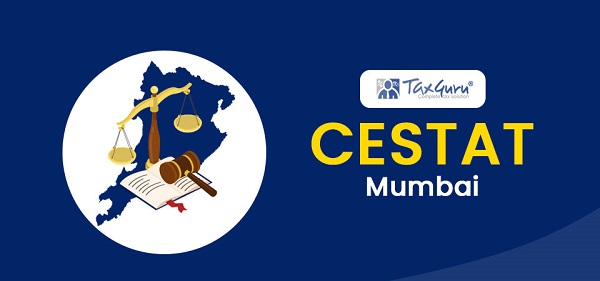
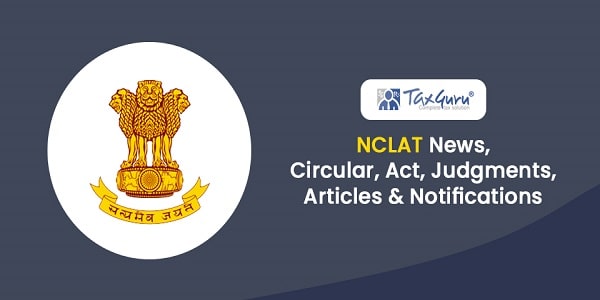

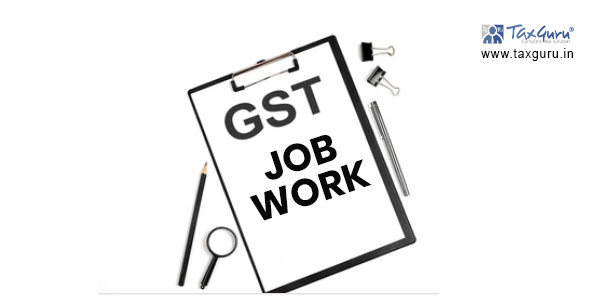

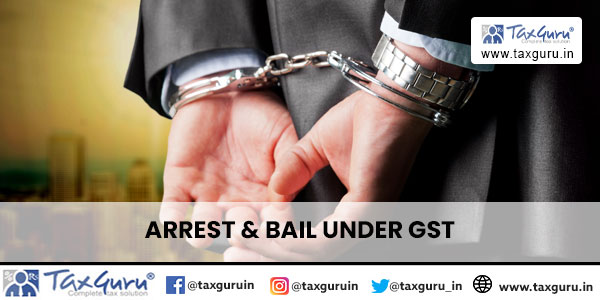
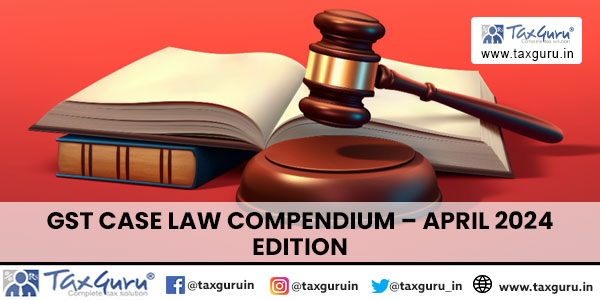

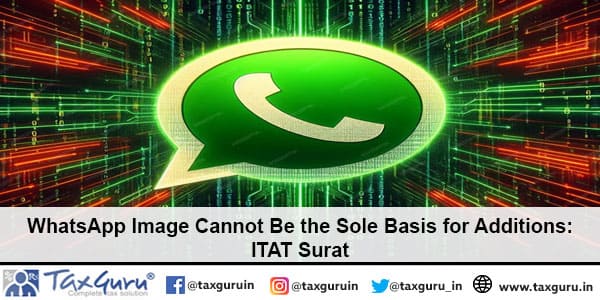
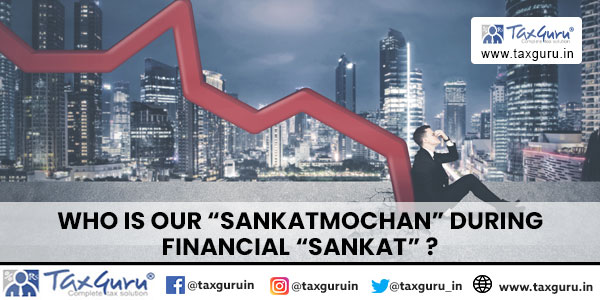
Respected Sir
Very nicely presented the most complicated issue, lets hope for the best..
Hi Maha,
Informative and well narrated.
Warm Regards,
GP
Respected Sir
You wrote very well. Simplicity was the Essence.Very clearly explained indeed. Thank You
Dear Mahajani ji
Well explained in your artilce about the GST. Thank you
another boom time for the tax consultants and vat and ST practitioners
Dear Sir,
Very well explained the procedure demanding implementation of GST. No one could have explained in more simpler form than you did.
Great Job.
Very nice and informative…
Thanks Mr. Mahajani
Good Article, very much useful to Industry
Till the states and center fights for appropriate ratio on base of revenue distribution, ultimate consumer never be beneficial with coming GST system, center govt. should be targeted one single felexcible tax rate for their cunsumers and growth of industries , otherwise it would be a story of “Monkeys & Cat”, but who will be ‘Cat” nobody known,therefore, govt. should be clear mind that INDIA is one state and every indian should get benefited center govt. policies.
Regards,
A.K.RASTOGI